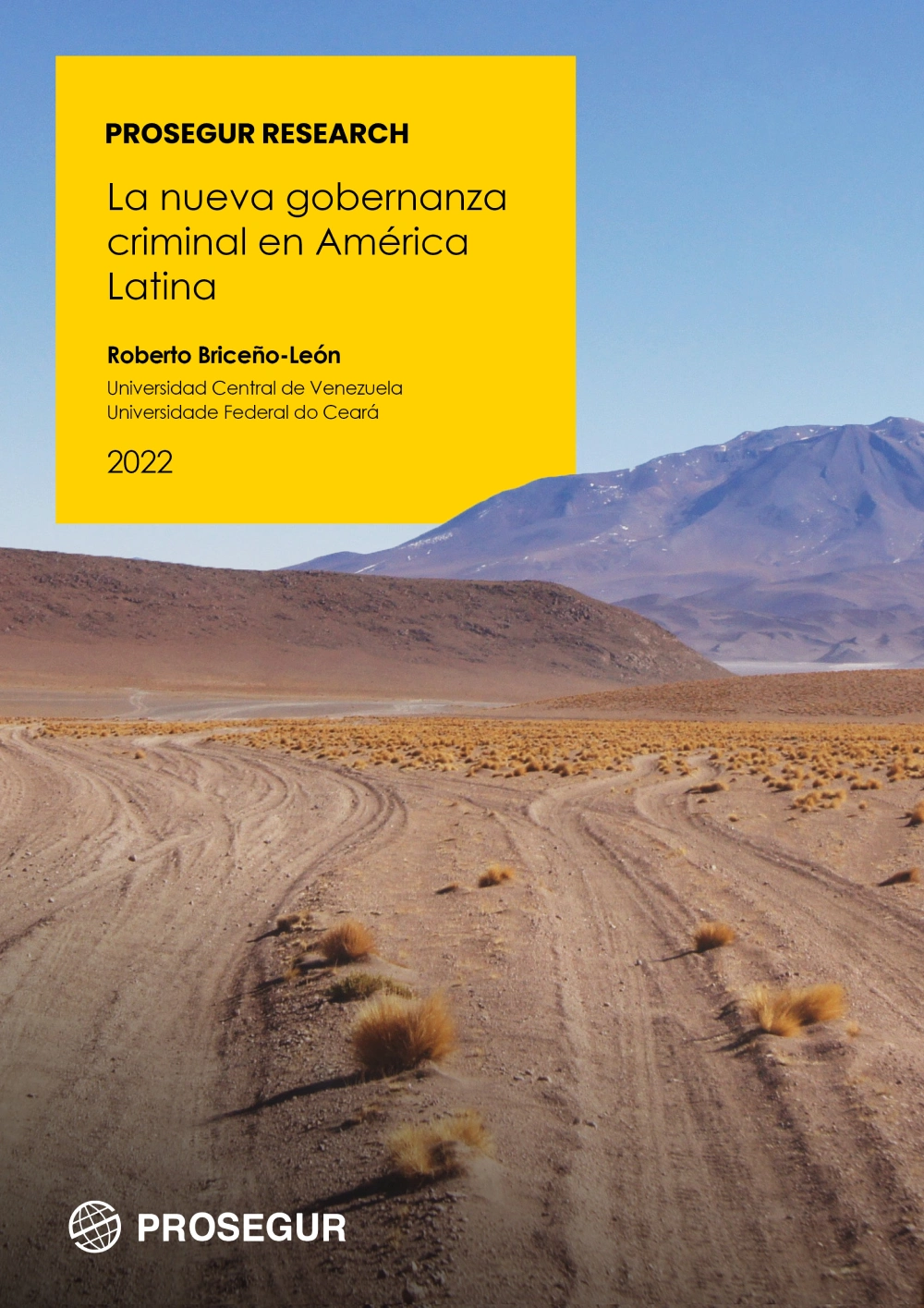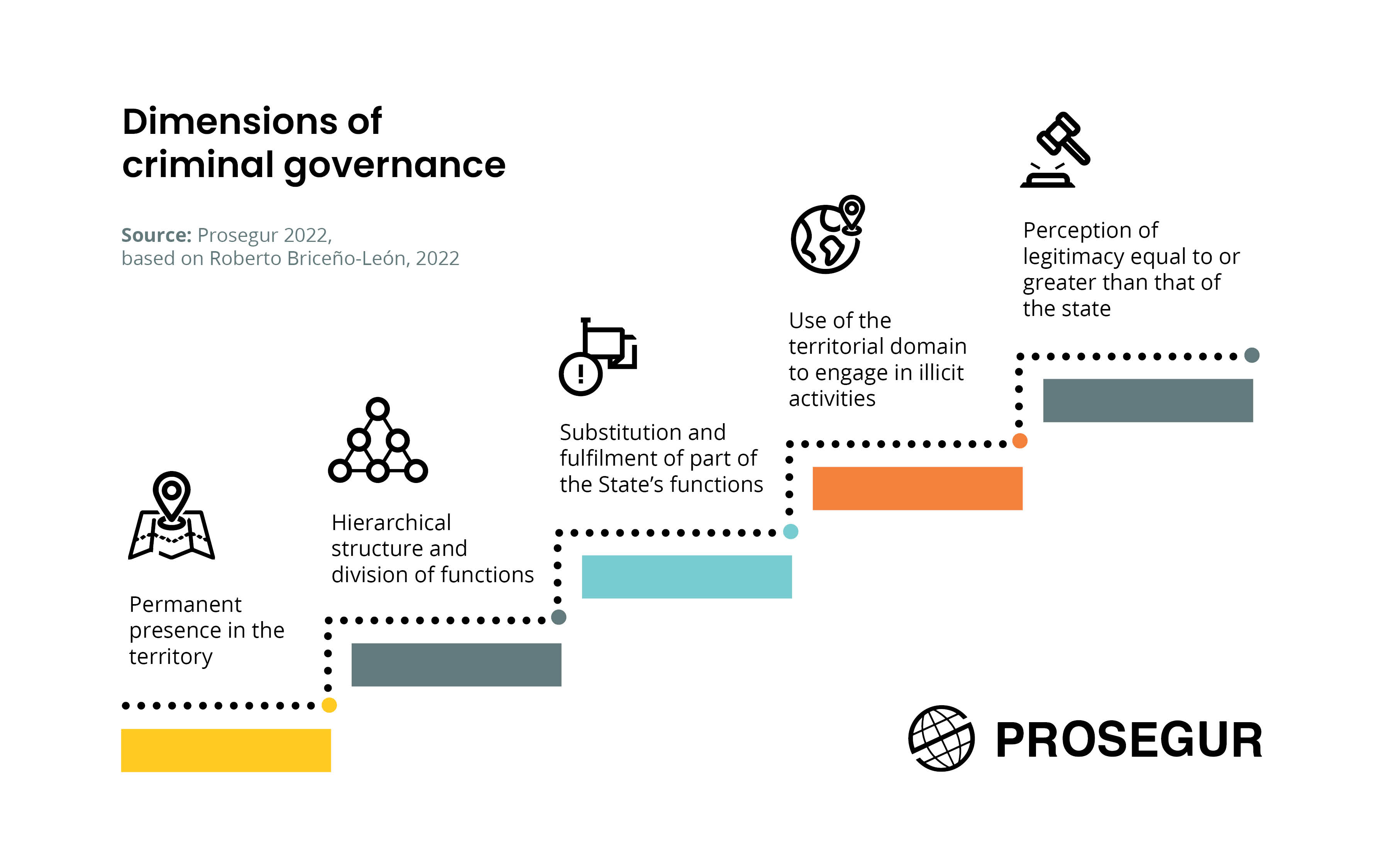New criminal governance in Latin America
18th of August 2022
Criminal governance in Latin America performs state functions in large geographic areas, such as providing security or basic supplies.
In Latin America there have been large areas controlled by organized crime with a level of power and legitimacy that have allowed for true criminal governance.
These are not always regions far from the centers of power and large cities, but also sometimes occur in border areas where it is difficult to exert social control over the territory.
For decades, these criminal groups have confronted governments and have sought to defeat them through subversive armed struggle, with the aim of gaining political power on a national level.
In other cases, groups of bandits have been set up and operate by robbing or extorting the local population.

This makes it difficult to assume that in these territories it has been the State that has had the monopoly of force and that the laws in place are those that have regulated social life in the region.
Therefore, criminal governance is characterized by different dimensions: first, the criminal group has a permanent presence in its territory, so its presence is not transitory; in addition, the organization must consist of a hierarchical structure and a division of functions; in this way, the criminal group replaces and fulfills a good part of the functions of the State, offering security, providing services or punishing offenders; fourth, the organization uses the territorial domain and its governance to guarantee the execution and participation in illicit business; and, finally, this organization manages to have before the population a legitimacy equal to or greater than that of the national State.
Download the report

Related posts

Dimensions and perspectives on violence in Latin America

(In)Security in Latin America, complex problem?

